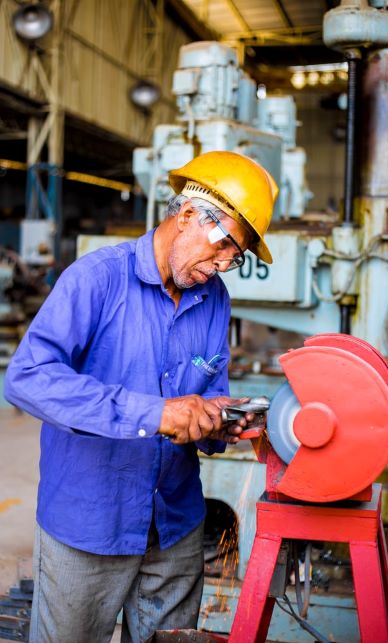The Age Discrimination in Employment Act (ADEA) prohibits employment discrimination based on age against an individual 40 years of age or older. Under the ADEA, it is unlawful for an employer to discriminate on the basis of age in hiring, promotion, compensation, discharge, or terms, conditions or privileges of employment.
Sadly, despite this law, ageism in the workplace remains widespread. The COVID-19 pandemic has already disproportionately affected older workers in their 50s and 60s, especially women.
Disproportionate Impact On Older Workers of COVID-19 Related Layoffs
According to the AARP, when the overall U.S. unemployment rate went from 4.4% in March to 14.7% in April, the unemployment rate for women 55 and older rose even more: from 3.3% to 15.5%. The unemployment rate for men 55 and older also increased dramatically, from 3.4% to 12.1%. More older workers have been laid off from work and furloughed.
This has devastating economic consequences for older workers. Many will feel forced into early retirement, will drain their savings and claim Social Security by 61 or 62 years of age, which lessens the benefits they will receive by not waiting until later. Older women tend to feel the pain more because on average they earn less, saved less and live longer.
Return to Work Concerns
The statistics above seem bleak. However, the ADEA remains enforceable to protect older workers.
For older employees who remain employed and are faced by returning to their workplaces after working remotely from home, it can feel like a daunting challenge. How do I navigate returning to work, while also perhaps being concerned that I will be more at risk of contracting Coronavirus by doing so? What are my rights and legal protections?
Under the ADEA, an employer can made workplace changes. For example, an employer can offer teleworking, flexible schedules, protective equipment, or spacing out workstations for older workers to allow for better social distancing. The downside is that the ADEA, unlike disability anti-discrimination laws, does not have a provision requiring an accommodation for an employee. Ergo, an employer is not required to grant an employee’s request for precautionary measures due to the pandemic.
On the other hand, an employer cannot single out older workers and change their conditions of employment. So an employer may not place an older worker on mandatory telework or involuntary leave because such an employee is in an age group that may place her at greater risk of contracting COVID-19.
Discriminatory Concerns About Hiring and Firing
An employer cannot discriminate against an older worker because of her age when it comes to hiring decisions. The vulnerability of a certain age category of people to COVID-19 should not be a factor when it comes to hiring an employee.
Same with firing decisions. Age is not a permissible basis for such a decision. If an employer has been economically impacted and is undertaking a reduction in force as a result, it must ensure that older workers are not singled out for termination, and that they do not make up the bulk of employees who are laid off.
There are a lot of different facets regarding the above issues. It is best to seek the advice of an experienced employment attorney if you are faced with or have concerns about any of these issues.


